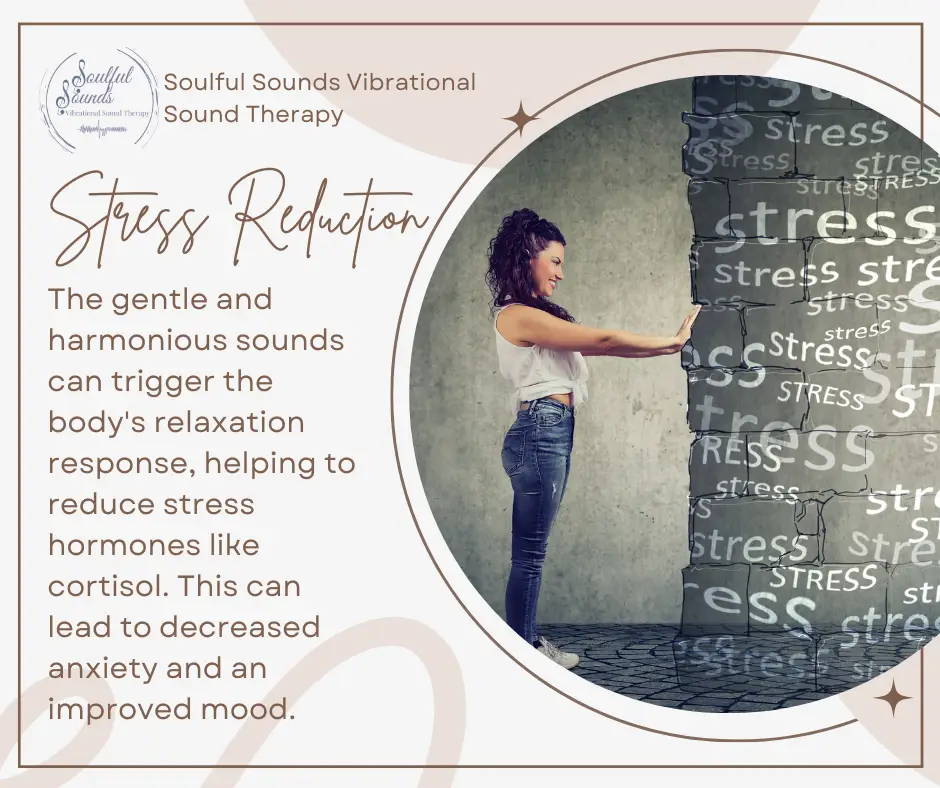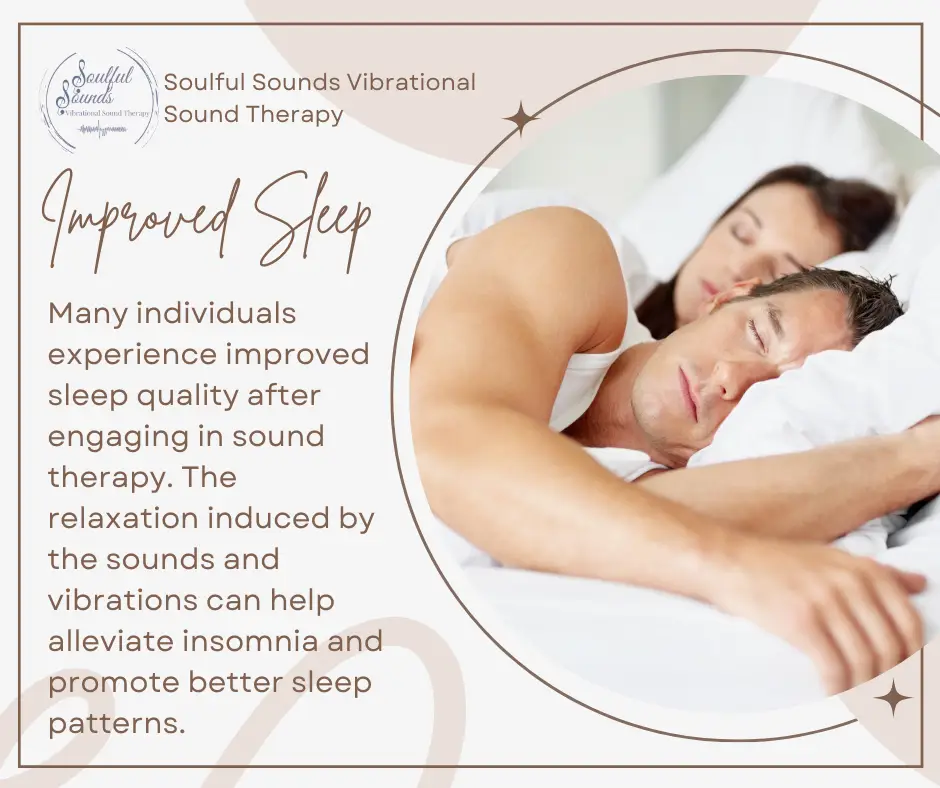Why Sound Therapy?
Sound therapy, also known as sound healing or sound meditation, involves the use of sound and vibrations to promote relaxation, reduce stress, and enhance overall well-being. While scientific research on sound therapy is ongoing, there are several physical responses that have been reported anecdotally by individuals who practice or undergo sound therapy sessions. Keep in mind that individual experiences can vary, and the effectiveness of sound therapy may be influenced by factors such as personal preferences, belief systems, and the specific techniques used. Some potential physical responses during sound therapy include:
Relaxation: Sound therapy often induces a deep sense of relaxation. The soothing sounds and vibrations can help reduce muscle tension, lower blood pressure, and promote a calm state of mind.

Stress Reduction: The gentle and harmonious sounds used in sound therapy can trigger the body’s relaxation response, helping to reduce stress hormones like cortisol. This can lead to decreased anxiety and an improved mood.
Release of Endorphins: Engaging in enjoyable and relaxing activities, such as sound therapy, can trigger the release of endorphins, the body’s natural “feel-good” chemicals. This can contribute to an improved mood and overall sense of well-being.
Enhanced Breathing: Sound therapy often encourages deep and mindful breathing. This can help improve respiratory function, increase oxygen intake, and promote a sense of calmness.
Balancing Energy: Some sound therapy practices are based on the idea that sound vibrations can help balance the body’s energy centers (chakras). These practices aim to restore harmony and balance within the body’s energy systems.

Improved Sleep: Many individuals experience improved sleep quality after engaging in sound therapy. The relaxation induced by the sounds and vibrations can help alleviate insomnia and promote better sleep patterns.
Enhanced Meditation: Sound therapy can be used to support meditation practices. The sounds can serve as focal points, making it easier to enter deep states of meditation and mindfulness.
Brainwave Synchronization: Certain frequencies and rhythms used in sound therapy may have an impact on brainwave activity. For example, binaural beats involve playing slightly different frequencies in each ear, which can lead to brainwave synchronization associated with relaxation and focus.

Pain Relief: Some people report a reduction in physical pain after sound therapy sessions. The vibrations from sound instruments, such as singing bowls or tuning forks, can create a massage-like effect that may help alleviate muscle tension and discomfort.
Enhanced Immune Response: Some studies suggest that relaxation techniques, including sound therapy, may positively impact the immune system by reducing stress-related immune suppression.
It’s important to note that while many people find sound therapy to be beneficial for their physical and mental well-being, individual responses can vary. Additionally, the scientific understanding of the mechanisms underlying these effects is still developing, and more research is needed to validate the therapeutic claims associated with sound therapy fully. If you’re interested in trying sound therapy, consider consulting with a qualified practitioner or healthcare professional to determine whether it’s a suitable option for you.





